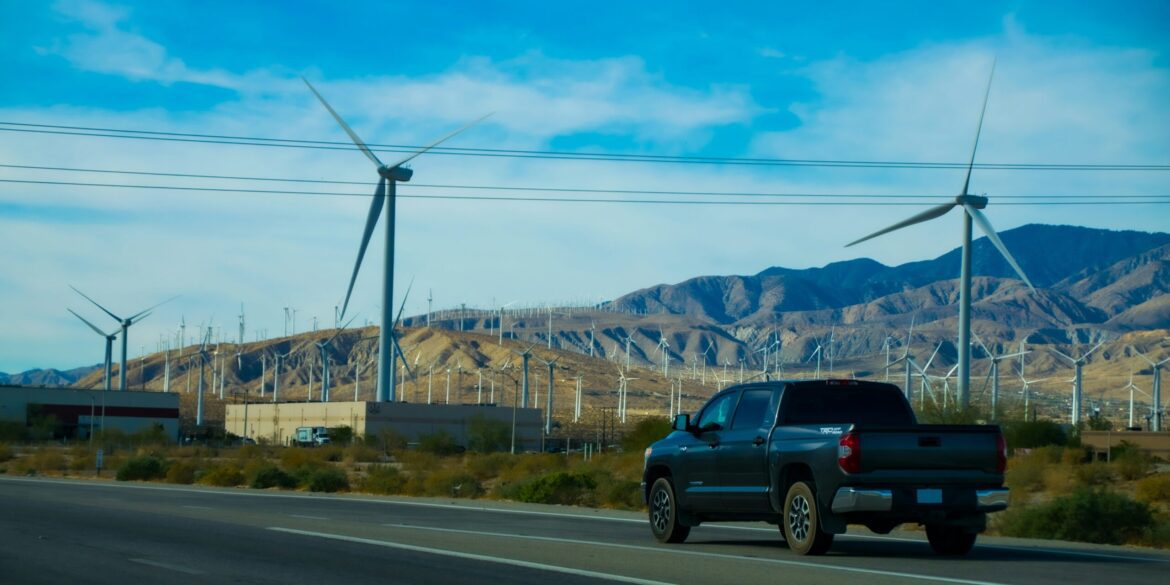As the dual pressures of rising energy costs and climate resilience mount, homeowners across the United States are increasingly turning to smart energy upgrades to future-proof their properties. Once considered niche or luxury investments, features such as solar panel compatibility, battery storage readiness, and advanced home energy management systems are rapidly becoming mainstream expectations.
Real estate industry analysts say the shift is being driven by both economics and policy. On one hand, households are seeking to cut monthly utility bills through efficiency and self-generation. On the other, federal and local incentives are accelerating adoption. Generous tax credits for solar installations, rebates for heat pumps, and financing programs for energy-efficient retrofits are making these upgrades more accessible to a broader swath of homeowners. For many, the promise of long-term cost savings combined with enhanced home comfort is reason enough to act.
Read Also: https://toplistings.com/ai-and-smart-building-systems-dominate-2025-proptech-advances/
TopListings.com, a platform that tracks property and market trends, reports that home seekers are explicitly requesting energy-saving features during their searches. According to their commentary, buyers increasingly ask whether a property is wired for demand-response programs, can support solar panels, or is compatible with battery storage systems. Smart thermostats, efficient HVAC units, and high-performance insulation are also rising in prominence. “Green features” are no longer just nice-to-have add-ons; they are tangible selling points that can differentiate listings in crowded markets.
The movement is particularly evident in regions with older housing stock. Homes built before the 1990s often lack the infrastructure for modern energy efficiency standards, creating demand for retrofits. Contractors and home improvement firms are responding by bundling services into comprehensive “smart energy packages” that address multiple needs at once. These packages often include a mix of insulation upgrades, efficient windows, wiring updates for renewable compatibility, and the installation of smart devices. Sellers preparing homes for market have found these packages especially appealing, as the upgrades boost property value and marketability.
Real estate agents are adapting to this evolution in buyer preferences. Listing descriptions increasingly emphasize sustainability features alongside traditional selling points such as location and square footage. Comparative market analyses are beginning to incorporate not only recent sales of similar homes but also projections of cost savings tied to energy upgrades. A home with a $150 monthly energy bill can now stand out more sharply against one with a $400 bill, even if the properties are otherwise similar. Agents report that emphasizing these differences can sway buyers toward upgraded properties, particularly in competitive urban and suburban markets.
Broader societal shifts are reinforcing the trend. With climate-related events such as heatwaves, hurricanes, and wildfires affecting more communities, resilience has become part of the conversation. Battery storage systems and backup generators appeal to buyers who want to maintain power during outages, while efficient building envelopes help households better withstand extreme temperatures. For some families, investing in energy upgrades is as much about security and peace of mind as it is about cost savings.
At the same time, technology companies are making smart energy management more user-friendly. Mobile apps now allow homeowners to monitor usage in real time, automate heating and cooling based on occupancy patterns, and even sell excess solar power back to the grid. These features are not only practical but also appeal to younger buyers who expect digital integration in every aspect of homeownership. Realtors note that millennial and Gen Z buyers, many of whom are entering the housing market in greater numbers, are particularly receptive to homes that showcase sustainability and tech-readiness.
Industry experts see these upgrades reshaping the residential property landscape over the next decade. As energy-efficient systems become standard, homes without them risk being seen as outdated, much like properties without high-speed internet or modern appliances. Builders are already adjusting, with new developments frequently marketed as “solar-ready” or “net-zero capable.” In resale markets, sellers who invest in green features may find themselves rewarded with quicker sales and stronger offers.
The combination of economic incentives, buyer demand, and advancing technology suggests that smart energy upgrades are moving beyond trend status and into permanence. In an era where cost efficiency, resilience, and sustainability intersect, energy-conscious homes are becoming the new benchmark. For buyers, sellers, and agents alike, the message is clear: the future of real estate is green, and those who embrace it early are likely to benefit the most.

